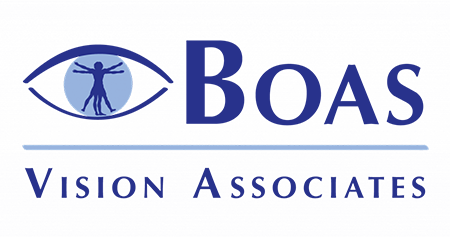Vision Quick Quiz Answers
- If I have 20/20 vision, I can’t have a vision problem.False. Being able to read the 20/20 line on the eye chart does not tell you everything you need to know about healthy vision. For example, it does not tell you whether or not vision in one eye is suppressed or less efficient or whether there are problems with visual processing.
- Vision is learned.True. Research at the Gesell Institute tells us that children are not born with “normal” vision — they must learn to see.
- All children are ready to read at the age of six.False. Visual abilities develop as a child matures. The child who develops slowly may not have the visual skills to read at the age of six.
- Eyesight is hereditary. You can’t do anything about it.False. Environmental demands (reading, computers, TV) can create stressful situations which may alter vision in healthy eyes. Also, developmental vision problems can be significantly altered by environmental factors.
- Visual problems can affect a person’s self-esteem and hinder success.True. A person may have the intelligence to succeed, but without the proper visual skills needed for comprehension and learning, he will experience repeated failure, leading to lack of self-esteem.
- Surgery is the only way to correct strabismus (a turned eye).False. Surgery is generally a cosmetic cure only. Vision Therapy can go beyond making eyes look straight. The person can regain the use of the two eyes together as a team and develop depth perception.
- Amblyopia (lazy eye) cannot be corrected after the person reaches the age of seven.False. Neuroscientists have proven that, in most cases, there is no critical developmental cut-off age for amblyopia. Vision improvement can be gained at any age. However, delaying therapy may increase the amount of therapy needed. Learn more at No Age Limits: Scientific Research Proves that Lazy Eye Can Be Treated in Older Children and Adults

By Appointment Only